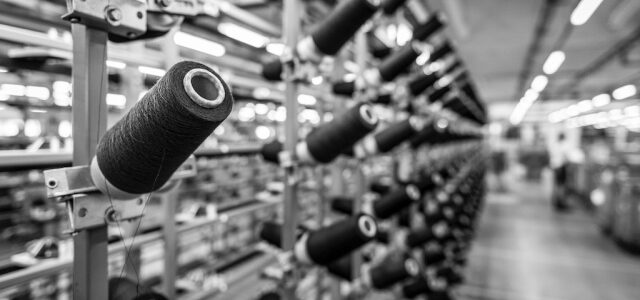
Italy’s Fashion Industry Leaders Join Forces
MILAN — The Italian fashion industry is banding together to help one another.
On Wednesday, an impressive group of leaders met to discuss the challenges and opportunities facing the industry, and how the larger companies could help smaller and medium-sized ones impacted even more heavily by the pandemic.
The meeting was part of increased efforts by the industry to set out a path to recovery following the devastation wrought by COVID-19 and as the new government of Prime Minister Mario Draghi determines ways to help the country’s economy rebound via the COVID-19 Recovery Fund totaling more than 200 million euros from the European Union.
As reported, during a Zoom conference call from Brunello Cucinelli’s headquarters in Solomeo on Tuesday, the namesake entrepreneur and Carlo Capasa, president of the Italian Camera della Moda, also touted the need to join forces. Capasa said the fashion association next week will present a plan to the Italian government requesting specific measures and strategies to help the industry as part of the COVID-19 Recovery Fund.
Wednesday’s meeting included representatives of the Camera della Moda’s Strategic Committee, Patrizio Bertelli, chief executive officer of the Prada Group; Gildo Zegna, CEO of the Ermenegildo Zegna Group, and Renzo Rosso, chairman of OTB, met with Carlo Bonomi, president of Confindustria, the association that comprises 64,300 companies in the fashion sector. Other members of the association present included the vice president for internationalization Barbara Beltrame Giacomello; the vice president of organization, development and marketing Alberto Marenghi; general director Francesca Mariotti, and president of Confindustria Moda Cirillo Marcolin. Also attending were Marino Vago, president of Sistema Moda Italia, and Claudio Marenzi, president of Herno and former president of Confindustria Moda.

Related Gallery
Erdem RTW Fall 2021
As reported, according to preliminary figures released by Confindustria, revenues of the Italian fashion sector are poised to drop 26 percent to 72.5 billion euros in 2020 versus consolidated sales of 98 billion euros in 2019, with only 8 percent of the sector’s companies registering growth last year.
Marcolin ascribed the decrease to COVID-19’s impact on the category, causing production to stall during the lockdown last spring and a drop in demand and production, in addition to issues regarding sourcing from foreign countries, including Asian ones. The supply chain is at risk, according to Confindustria.
In a joint statement issued by the Camera della Moda and Confindustria on Wednesday, the more established brands are ready “to put their know-how at the service of the fashion system,” to help the recovery and the further development of an industry described as “a symbol” of Italy.
As a sector that on average relies on exports for 65 percent of sales, the trade balance in the January to October 2020 period closed at 17.41 billion euros, above the food and furniture industries but significantly below the 25 billion euros registered in 2019.
The strategic committee and the brands it represents confirmed it will develop a document shared with Confindustria to help grow the sector after the pandemic, underscoring the importance to collaborate on proposals and actions to undertake.
Confindustria has reported that, in terms of employment, 50 percent of the fashion companies reduced their workforce in 2020, despite Italy’s extraordinary measure preventing businesses from laying off employees. The mandate is in place until March 31, but the new government could extend it until next fall.
In fact, among the goals discussed on Wednesday, a priority is the preservation of the Italian manufacturing pipeline formed by small and medium-sized companies that is at risk of shutting down.
Increased tax exemption would help kick off new entrepreneurial activities and support the injection of new, young talent and would reward companies that create traceable products, strive to achieve sustainability, digitalization and training. Many small and medium-sized companies have yet to embrace a digital transformation and are highly dependent on IRL events. “A reduction of taxes is key to promote new jobs and realize integrated pipelines,” said the associations. “This would contribute to preserve a dynamic fashion sector and to increase the number of jobs for the younger generation.”
Increasing competitiveness and innovative research, while guaranteeing the control over all the steps of Made in Italy production, as well as promoting the Made in Italy label were among the main topics at hand. According to the participants, there is a need for greater collaboration between the fashion industry and ICE, the Italian trade agency, “to accelerate and promote the penetration of the pipeline on potential, developing markets. In this sense, traceability has a fundamental importance.” Starting from blockchain, “extreme transparency and the adoption of all new technologies must be guaranteed.”
Sustainability targets include social objectives, from attention to working conditions to gender equality and inclusivity and diversity.
Professional training will continue to be central, supporting the generational change.
Source: Read Full Article